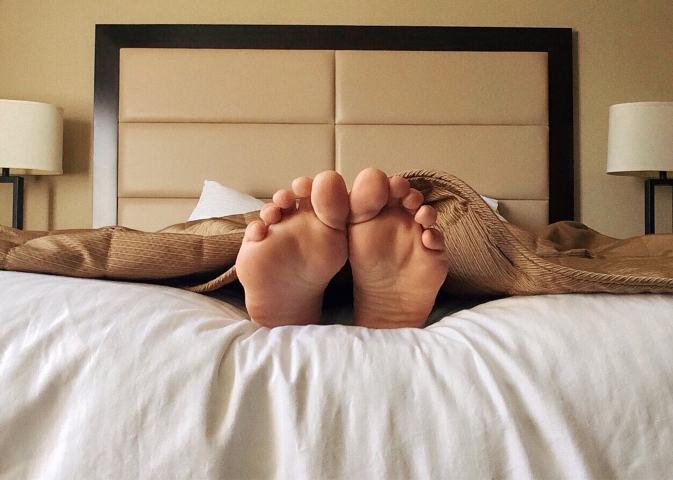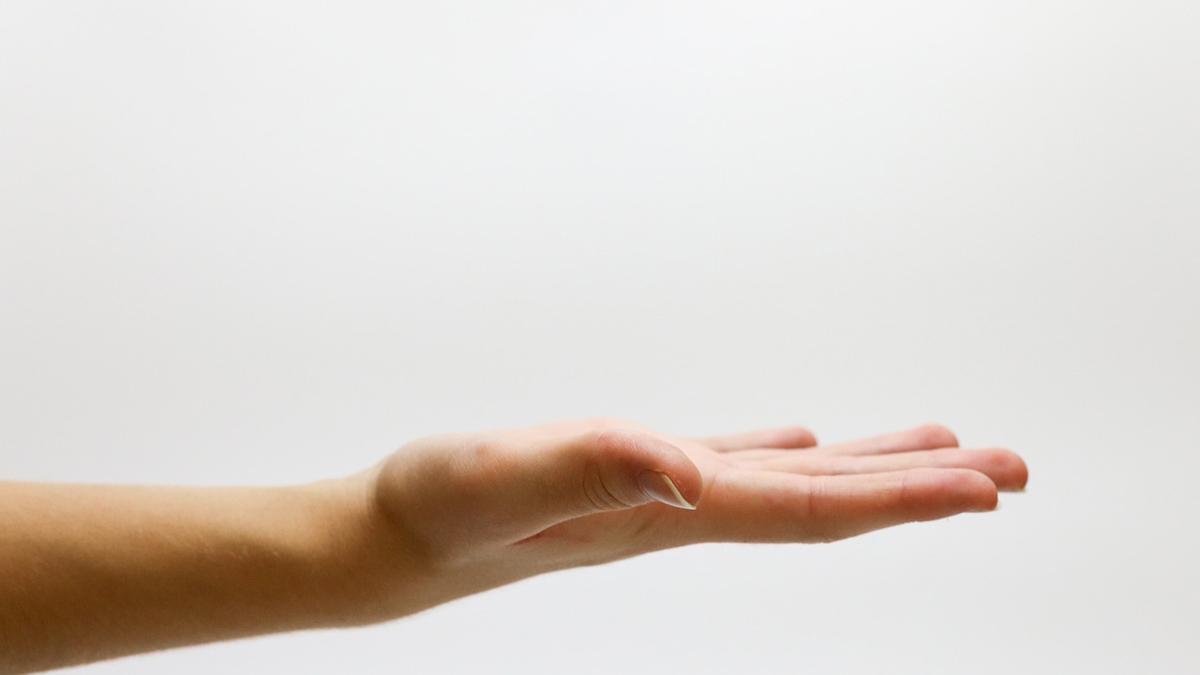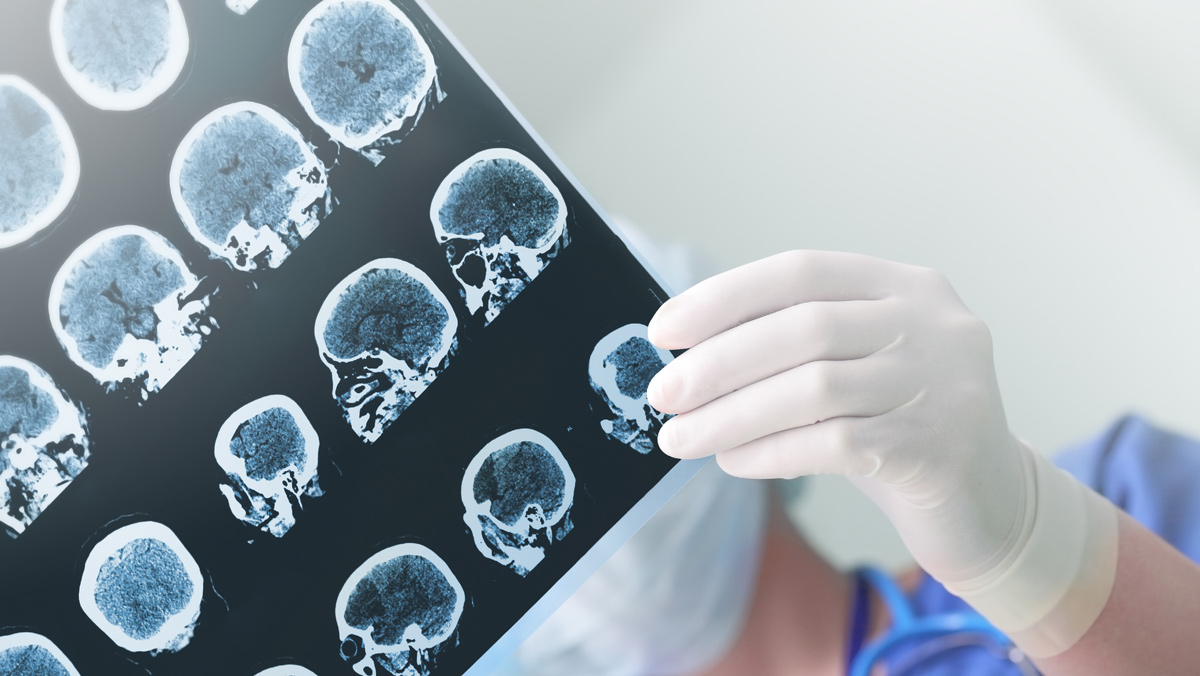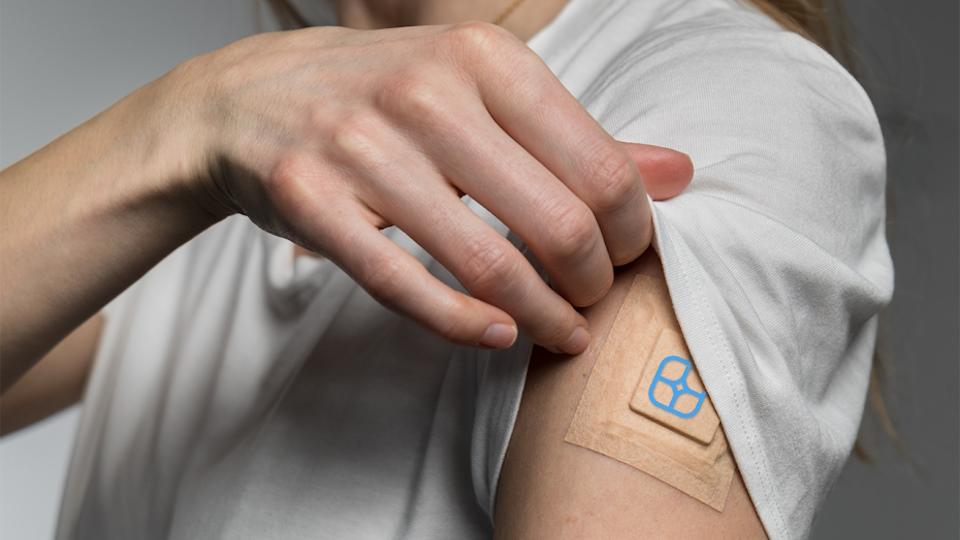Idorsia on course to take on Eisai and Merck & Co after latest insomnia phase 3 trial win

Switzerland’s Idorsia says it is on course to file a potential next-generation insomnia drug around the end of this year after a second batch of supportive phase 3 trial results, although the latest data raise questions about whether the drug can improve functioning the following day .
Idorsia announced positive top-line results of its second pivotal phase 3 study investigating 10 and 25 mg doses of its dual orexin receptor antagonist, daridorexant, in 924 adult and elderly patients with insomnia.
The company is hoping to take on Eisai and Merck & Co, which already have two class rivals recently approved by the FDA, with Dayvigo (lemborexant) and Belsomra (suvorexant) respectively.
Results follow the announcement in April of the first pivotal results from daridorexant where both 25 and 50 mg of daridorexant significantly improved both sleep onset and sleep maintenance.
The higher dose also significantly improved daytime functioning. All results were sustained over the 3 months of the trial.
In the second study, daridorexant 25 mg significantly improved sleep maintenance as measured objectively in a sleep lab by polysomnography.
Daridorexant 25 mg also significantly improved subjective total sleep time as measured daily with a patient diary at home.
The results were statistically significant at month 1 and at month 3 for these sleep measures, showing sustained benefit.
The effect of daridorexant 25 mg on sleep onset and daytime functioning were numerically consistent with the effects seen in the first study. However these endpoints fell just short of reaching statistical significance, the company said.
Regulators will be carefully scrutinising safety given the issues with the sometimes dangerous side-effects associated with older sleeping pills.
Treatment-emergent adverse events (TEAEs) during the double-blind study period were reported in 38.2% and 39.3% of the patients treated with 10 and 25 mg daridorexant, respectively (32.7% for placebo).
The most frequent TEAEs reported over 3% incidence and higher on 25 mg of daridorexant than placebo were nasopharyngitis, headache, somnolence and fatigue.
Based on independent blinded adjudication committee assessment, the number of patients reporting excessive daytime sleepiness as an AE was low (10 mg, 1 patient; 25 mg, 4 patients; and placebo, 1 patient); 3 patients had AEs of special interest related to sleep paralysis and hallucination. No events denoting cataplexy-like events were reported or adjudicated.
There was no next-morning residual effect as assessed every morning by the patients - Idorsia said two patients reported suicidal ideation (10 mg, 1 patient; 25 mg, 1 patient) with clear alternative causes; no suicide or self-injury were observed. There was no evidence of rebound insomnia, and no withdrawal symptoms upon discontinuation.













